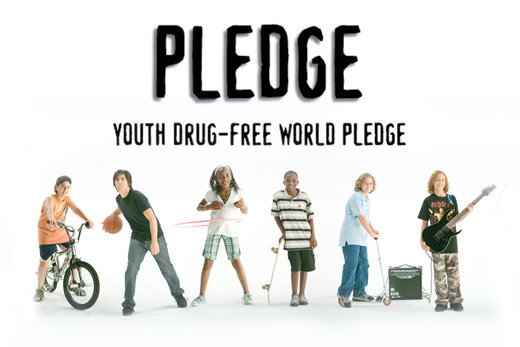BATH SALTS: A SHORT HISTORY
The drugs now known as Bath Salts were first synthesized (artificially created) in France in 1928 and 1929. Some were originally researched for potential medical use, but most of the drugs created were unsuccessful due to severe side effects, including dependency. Abuse of these drugs started in the former Soviet Union in the 1930s and 40s, where they were used as antidepressants. Also known as “Cat” and “Jeff,” they gained popularity in the United States in the 1990s.
Between 2004 and 2008, these drugs were used in Israel until the key ingredient was made illegal. By 2007, they had gained broader popularity among drug abusers when they began to appear on Internet drug forums.
“Ecstasy” pills analyzed in the Netherlands in 2009 found that over half the pills did not contain the primary drug that Ecstasy is associated with, but rather drugs found in Bath Salts.10
In 2012, two of the key drugs used in Bath Salts were made illegal in the U.S.11 However, underground chemists then created new variations with slightly different chemical formulas—and promoted them openly as Bath Salts, or repackaged them as “Glass Cleaner” or other names.

REFERENCES
- “The Toxicology of Bath Salts: A Review of Synthetic Cathinones,” Jane M. Prosser, Lewis S. Nelson, Journal of Medical Toxicology, March 2012.
- Synthetic Drug Abuse Prevention Act of 2012.











